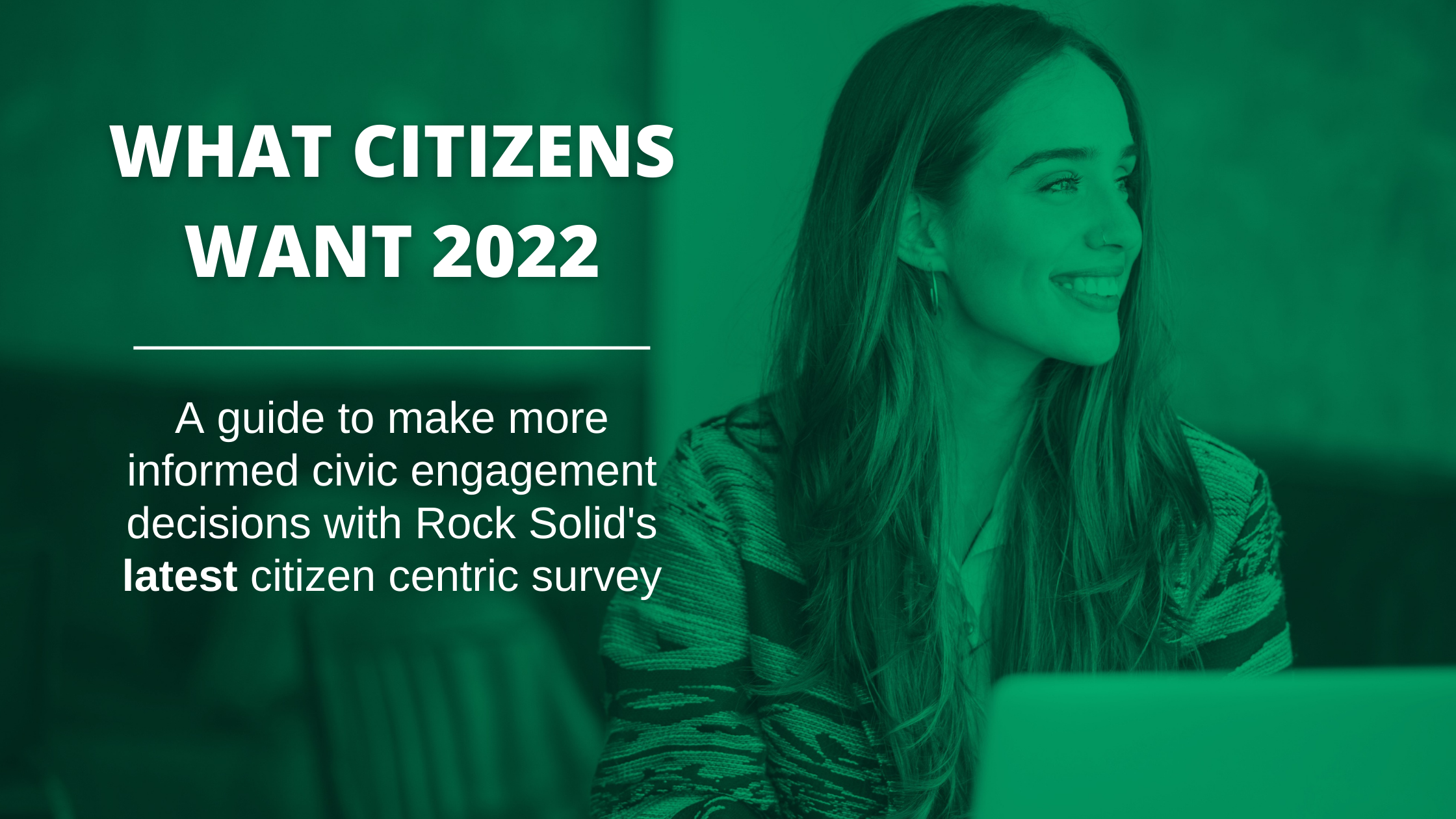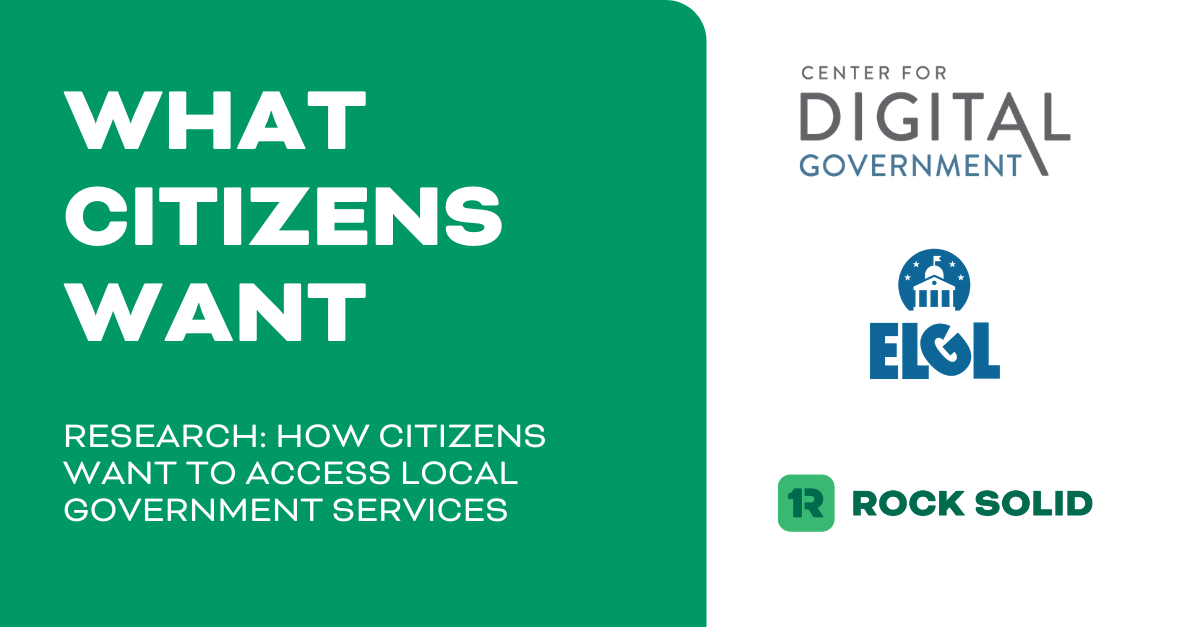From the outside looking in, it might seem
simple. We get everyone off the phones, and we turn our attention entirely
online. Everyone files their claims and concerns through an online ticketing
system, and they get sent out to the necessary department to handle the job.
It sounds a lot simpler than it actually is,
and it would never run that smooth. There are many challenges of using a CRM
for government leaders, and that is why it’s important to combine a 311 system
with a CRM for maximum efficiency. Let’s see how the two work together.
Offer Different Interaction
Channels
Sometimes less is more, but when it comes to
government, more is more. It’s best to provide citizens with as many avenues
for contact as possible because when someone has an issue, they want to know
that their concerns are in good hands. Taxpayers take a lot of pride in their
ability to communicate with the government to get things done, so having
multiple ways for them to get through is the best option.
If we take a look at the two options residents
have; they could call 311 and report their issues to a live representative, and
from there it will go into a pool of issues related to that one. If someone
goes online and files a complaint, it will also go into a subsection of related
issues. So what’s the difference?
The main difference is that you are providing
options for people of different preferences. You are also not putting too many
of your eggs in one basket. You might be able to break up the call center employees
into different areas because you don’t need them all to answer phones now.
Certain demographics may prefer reporting
their issues in different ways. Younger tech-savvy residents might enjoy that
they can quickly use a mobile app to report a pothole or graffiti. The senior
citizens of the town might completely disagree.
Offering Data for Public Use
Many people criticize governments for their lack of transparency. It’s hard when issues
are often recorded on servers and left within the building so no one outside
can see. This issue has existed for more years than we can count, but how do
you fix this problem?
Organization of data can make a huge difference
in government, and if all the information is properly organized, you can give
it back to the citizens of your town. For example, as data builds up, you can
create a “knowledge base” where citizens can come and get information on things
that are happening locally, what to do in certain cases, how to handle certain
situations, and so on. Providing resources for your citizens makes things
simpler internally by lowering labor costs.
Having a resource of information also makes
training and retention easier as well. When you have this huge knowledge base
of organized information, employees can handle requests quicker because they
have all the information they need right in front of them. This will result in
fewer people put on hold and fewer calls transferred to people who have more
important things to do.

